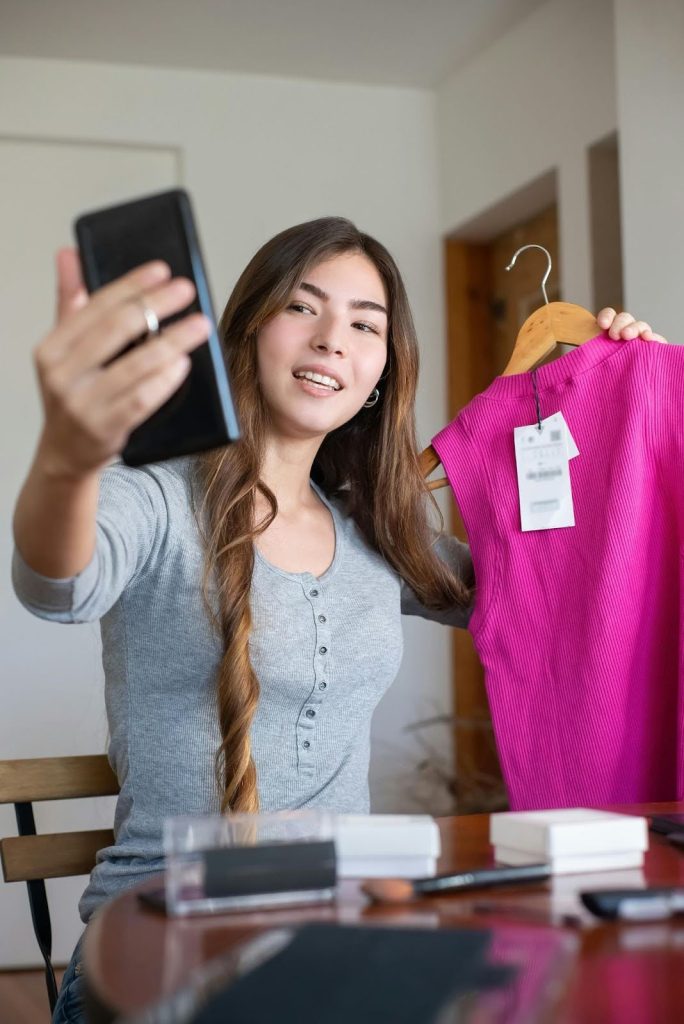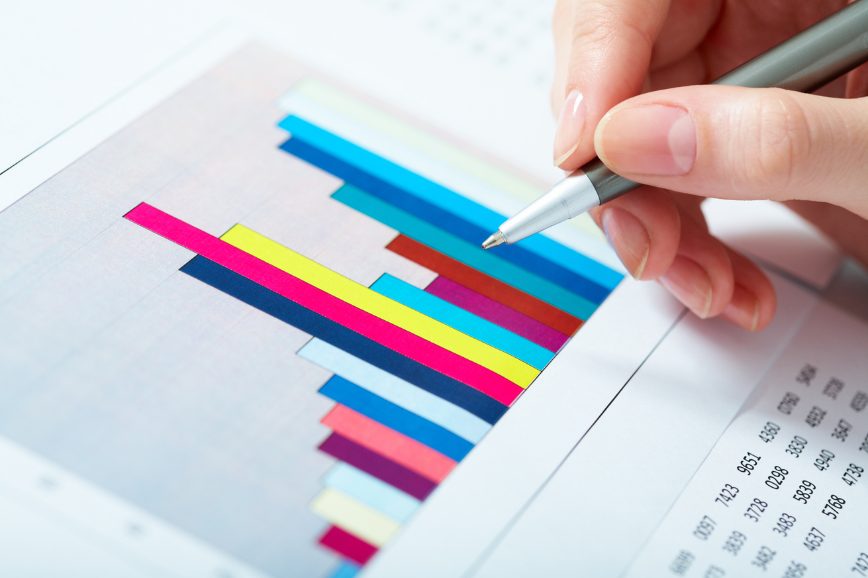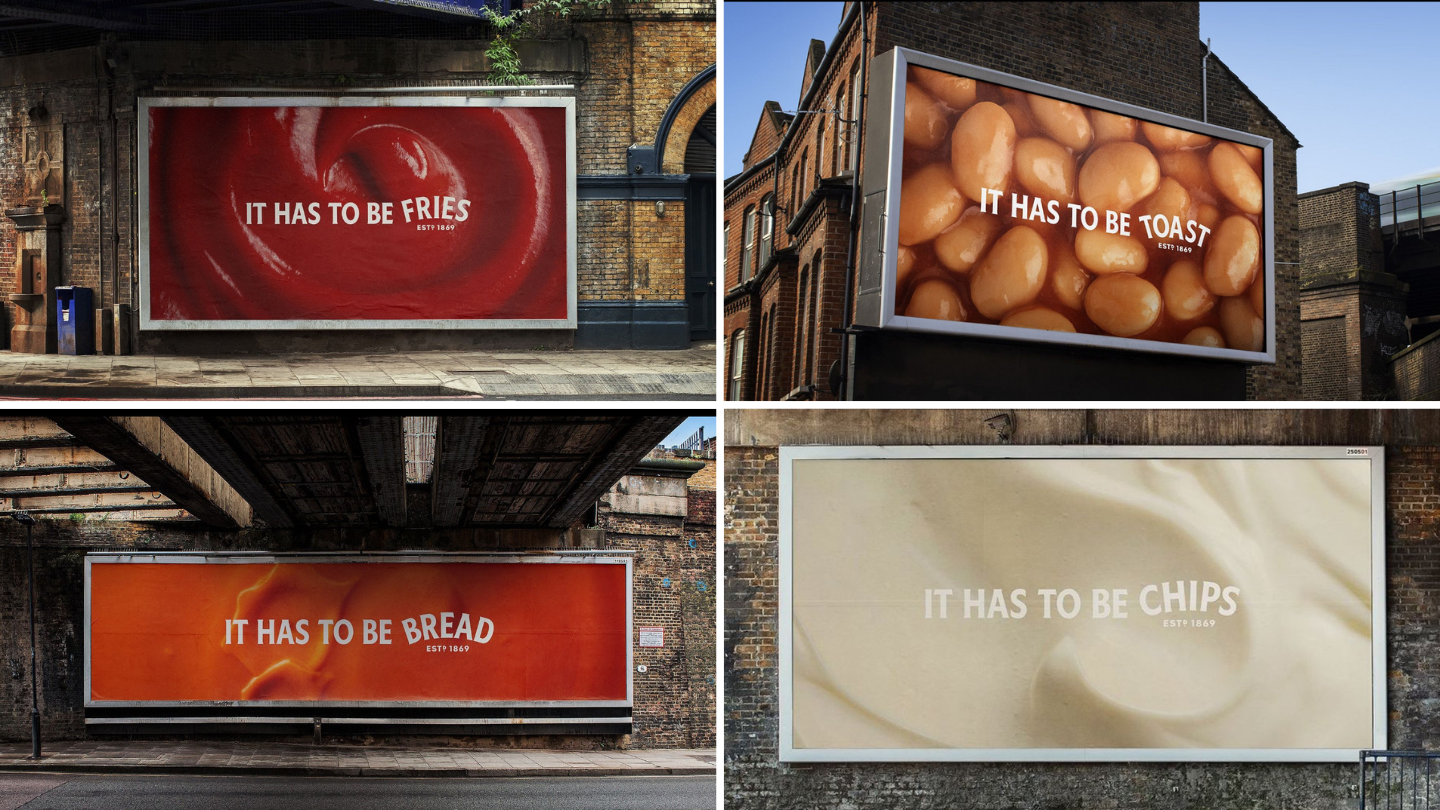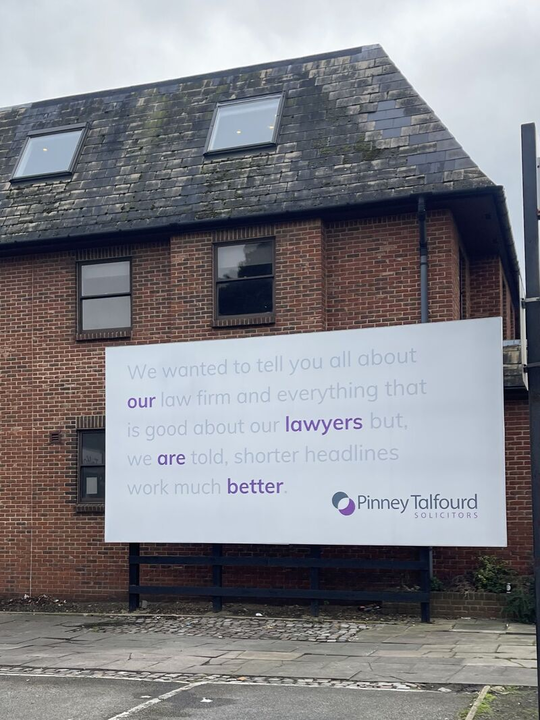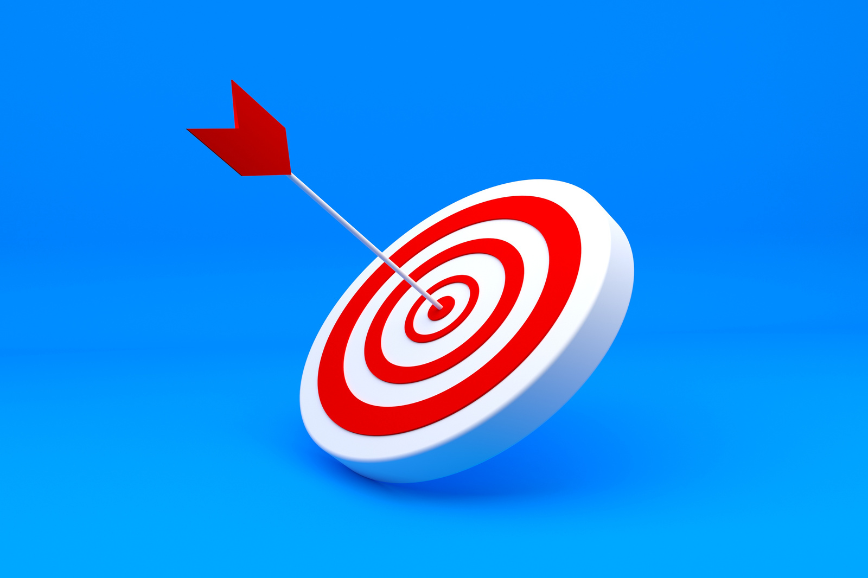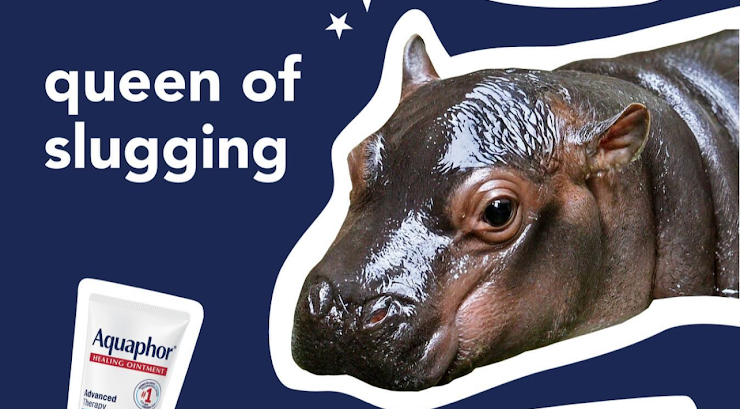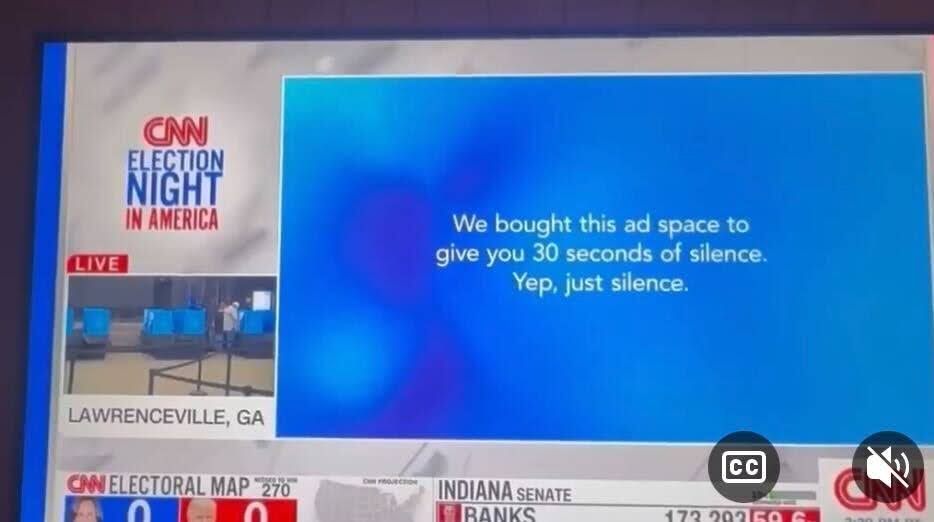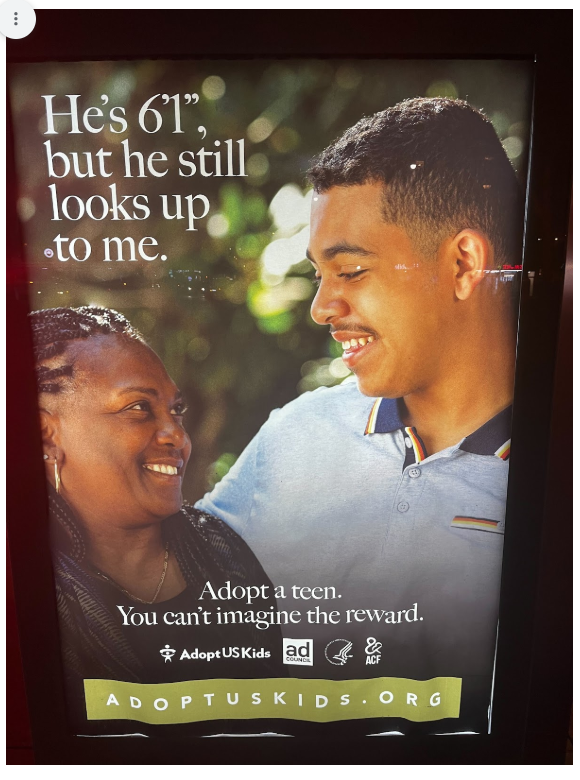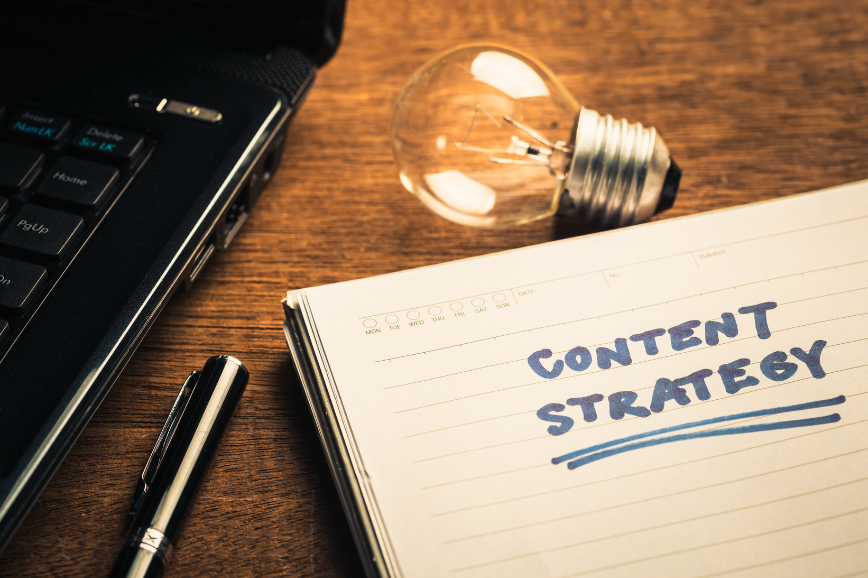The Power of Whitelisting in Marketing: Boost Ad Performance & Trust

Imagine scrolling through your feed when you spot your favorite influencer raving about a product. Something feels different about this post — it’s polished and targeted, yet still authentic. What’s going on? Well, you’ve just experienced the marketing power move transforming how brands connect with audiences: whitelisting.
Top brands aren’t just partnering with influencers anymore — they’re running sophisticated ad campaigns through their accounts. The results? Engagement rates that make traditional advertising look primitive, conversion numbers that excite even the most skeptical CMOs, and audiences who actually welcome these ads into their feeds.
In a world where ad blockers and banner blindness have become the norm, whitelisting is the backdoor strategy, giving savvy marketers an unfair advantage. Let’s dive into this game-changing approach that’s rewriting the rules of digital marketing and how you can use it to supercharge your campaigns.
What Does Whitelisting Mean In Marketing?
Whitelisting is the permission granted to a brand to run ads via someone else’s social account — most frequently an influencer’s. You aren’t posting from your brand account but borrowing the influencer’s existing voice and trust with their audience. It’s like having a VIP pass to their followers.
In a sense, you bypass the brand megaphone and instead get a respected friend to introduce you to a party. The audience listens because they trust the host already.
In an oversaturated digital landscape, this is a refreshing twist that cuts right through the noise. You’re not just?an ad — you’re a recommendation from someone your target customer knows and trusts.
How Whitelisting Works
This approach is surprisingly simple to implement:
- You research influencers or creators who fit your brand
- You negotiate a partnership that allows you whitelisting rights
- The influencer allows you to create and publish ads through their account
- You use their profile to run targeted campaigns while retaining leverage over budget, targeting, and optimization
This is beneficial to everyone involved. Revenue for the creator, access to an engaged audience for you, and content delivered to followers from someone they trust. It’s a win-win.
Great Starting Points For Whitelisting
Influencers & Creators
The most popular whitelisting method is partnering with relevant influencers. These people have created communities around interests that would resonate with your products.
A beauty brand might whitelist with makeup artists; a fitness app could team up with personal trainers. The trick is to find creators whose followers fit your ideal customer profile.
Don’t only look at follower counts. A true micro-influencer with 15K niche-focused followers and a highly engaged audience will usually perform much better than big celebrities with millions of general followers.
Founder Account Whitelisting
Company founders are the ultimate brand ambassadors — they have stories and perspectives to share that make them unique. Using their personal accounts can give an instant human hit to your brand.
Founding whitelisting works like this: people connect with people, not logos. When your founder opens up about their journey, struggles, and vision, it creates genuine touchpoints that typical accounts with brand handles can’t even close to.
This is especially effective with startups?and small companies where the founder’s story is a core brand identity component.
Publishers &?Internet Media Companies
Working with a relevant publication gives you access to their readership and brand credibility.
A partnership with a relevant publication opens the door to their readership and the credibility they carry with their brand. It is especially effective in attracting niche audiences with unique interests.
Benefits of Whitelisting in Marketing
The benefits of whitelisting go beyond simple reach:
- Higher Rates of Engagement: Ads hit through whitelisted accounts usually have 2-5x the engagement as brand-direct ads. Why? Because they seem more genuine and less corporate.
- Better Targeting Accuracy: You can use the creator’s audience data to better target an audience who actually wants your product.
- Clean Social Proof: It carries social proof about your product when a trusted voice recommends it. It’s the digital version of a friend putting in a good word.
- More Creative Horizontals: Whitelisting allows the brand?to explore brand new creative formats, one that feels native to the platform and to the content type of the creator themselves.
- Improved Ad Metrics: These campaigns usually have better ROI, resulting in increased click-through rates and reduced cost-per-acquisition than traditional ads.
Best Practices for Whitelisting
To make the most of?your whitelisting efforts:
- Pick Partners Wisely: Consider not just the follower counts but also the?engagement rates, the audience’s demographics, and the content’s quality. Reach means relatively little — it’s all about the fit.
- Honor Creative Voice: Create space for the creator’s true voice. But if you over-script it, you lose the benefit of using their unique voice.
- Define on What Terms Everything Will Work: Be transparent with your contracts on usage rights, payment, approval of the content, terms of the campaign, etc.
- Diagnose Performance Deeply: Go beyond impressions, tracking how well partners drive engagement, conversion, and customer lifetime value from each partnership.
Potential Challenges and How to Overcome Them
Whitelisting isn’t without its hurdles, though:
- Pushback from Creators: A few influencers are concerned about audience fatigue or whether sponsorships would dilute their brand. To solve these issues, you will want to make sure that the campaign matches their typical content and offers fair compensation.
- Technical implementation: Granting permission varies for platforms and can be tedious. However, there are specialized whitelisting tools to help expedite this process.
- Finding the Balance in Creative Control: It’s one thing to create branded content, but finding the sweet spot in messaging and creator authenticity is a form of art. Make space for collaborative processes that value both priorities.
- Measurement Complexity: You often need complex attribution to follow the performance across multiple accounts. Invest in better analytics to gain a better insight into actual campaign performance.
Why GeistM Succeeds at This…
At GeistM, we have learned whitelisting is more of a science and have made it our thing. Our approach includes:
- Partner Selection Powered by Data: We sift through multiple potential partners to determine the most likely to drive conversions on your offering.
- Creative Optimization: Brought to life by our in-house content and creative team, we combine platform-native content with brand?messaging and the authenticity of the creator.
- Effortless Integration: Our proprietary technology takes the complexity out of whitelisting from all platforms.
Level-Up Your Marketing with GeistM
Whitelisting is an essential evolution of the way brands engage audiences. Harnessing existing trust instead of interrupting with traditional ads can help make more meaningful connections with customers.
Contact us today and discover how strategic whitelisting can elevate your brand’s presence with GeistM.


